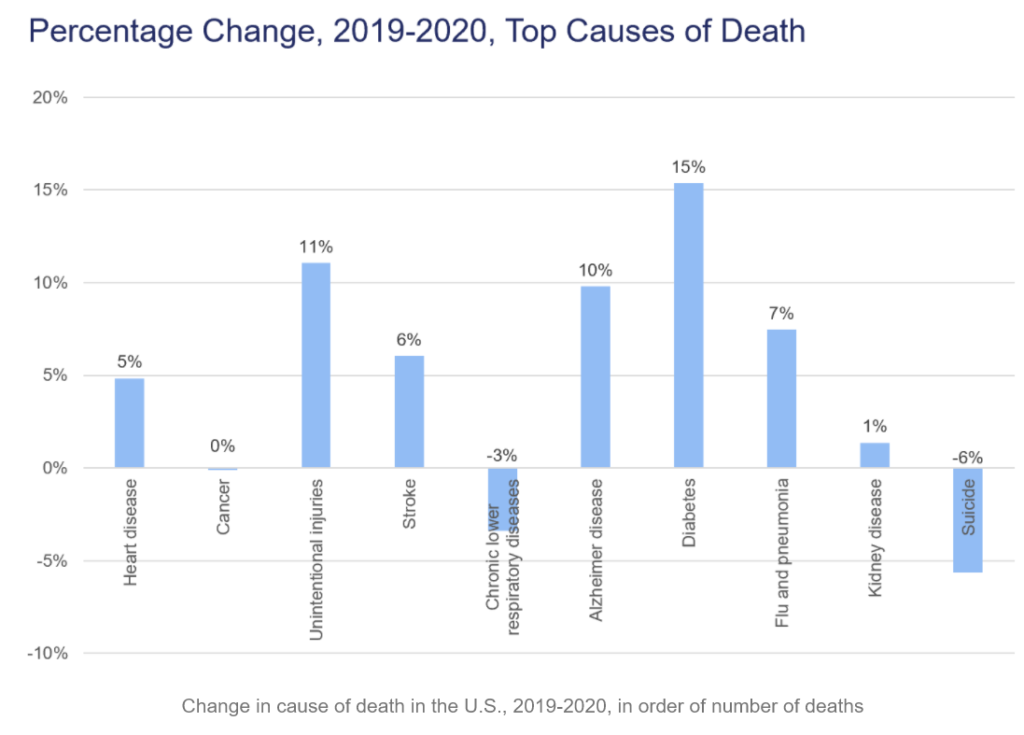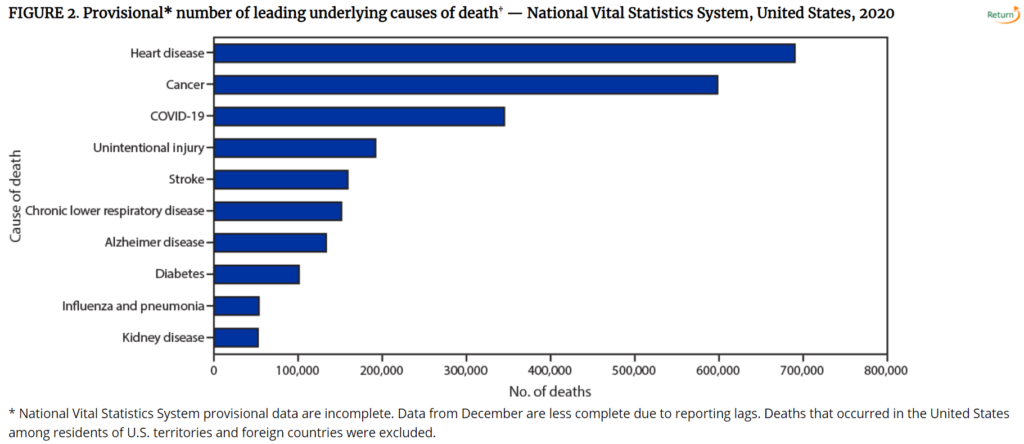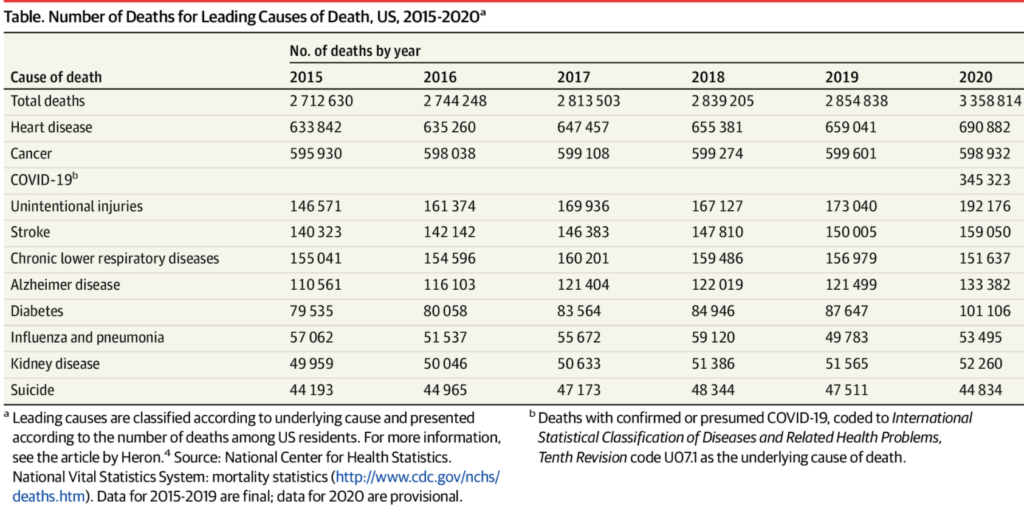Link: https://www.nytimes.com/2021/12/13/us/covid-deaths-elderly-americans.html
Graphic:

Excerpt:
As the coronavirus pandemic approaches the end of a second year, the United States stands on the cusp of surpassing 800,000 deaths from the virus, and no group has suffered more than older Americans. All along, older people have been known to be more vulnerable, but the scale of loss is only now coming into full view.
Seventy-five percent of people who have died of the virus in the United States — or about 600,000 of the nearly 800,000 who have perished so far — have been 65 or older. One in 100 older Americans has died from the virus. For people younger than 65, that ratio is closer to 1 in 1,400.
…..
After the first known coronavirus death in the United States in February 2020, the virus’s death toll in this country reached 100,000 people in only three months. The pace of deaths slowed throughout summer 2020, then quickened throughout the fall and winter, and then slowed again this spring and summer.
Throughout the summer, most people dying from the virus were concentrated in the South. But the most recent 100,000 deaths — beginning in early October — have spread out across the nation, in a broad belt across the middle of the country from Pennsylvania to Texas, the Mountain West and Michigan.
These most recent 100,000 deaths, too, have all occurred in less than 11 weeks, a sign that the pace of deaths is moving more quickly once again — faster than at any time other than last winter’s surge.
By now, Covid-19 has become the third leading cause of death among Americans 65 and older, after heart disease and cancer. It is responsible for about 13 percent of all deaths in that age group since the beginning of 2020, more than diabetes, accidents, Alzheimer’s disease or dementia.
Author(s): Julie Bosman, Amy Harmon and Albert Sun
Publication Date: 13 Dec 2021
Publication Site: New York Times







